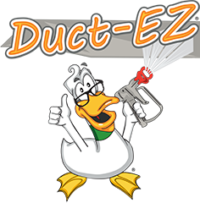One of the most important ways that a home both remains efficient and healthy is to properly air seal the frame. Duct-EZ® air sealing system can dramatically reduce a homes indoor air loss due to infiltration and exfiltration of heated and cooled air, as well as reducing polluted allergens from entering your home.
Our Process Seals Every Aspect of the Home
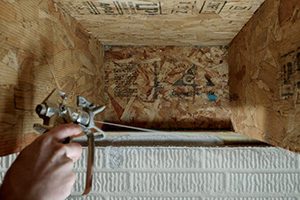
Basement Sill Plate
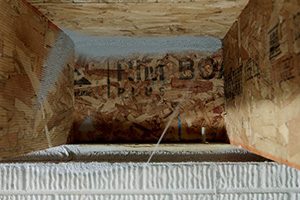
Basement Rim Band
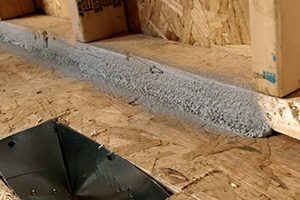
Perimeter Wall Bottom Plates
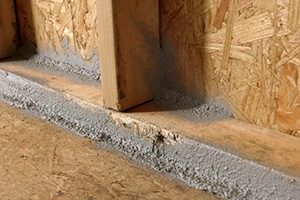
Bottom Plate Wall Cavaties
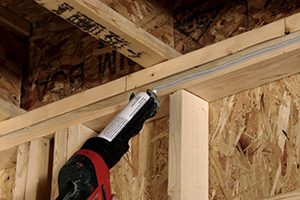
Top Plate
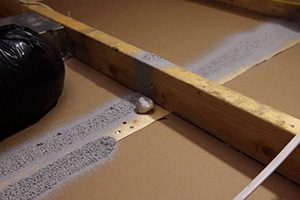
Attic Top Plates
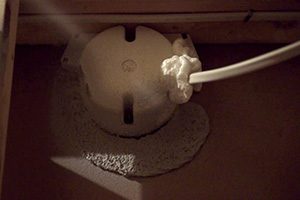
Attic Light Fixtures
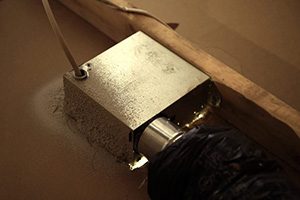
Fans and Other Attic Penetrations
Duct-EZ® outperforms similar air sealing systems because it ensures building code compliance, meets all Energy Star® standards, and performs at extreme temperatures. Stop losing hard-earned money to HEAT BLEED! The Duct-EZ® system uses a proprietary, water-based, zero-VOC mastic ready for spray or air-gasket application. Once properly applied, Duct-EZ® creates a flexible, air-tight seal. Duct-EZ® cold temperature performance is unlike any other! Duct-EZ® spray product can be applied at temperatures as low as 15ºF, and Duct-EZ® air gasket can be used at temperatures as low as –20º!

Duct-EZ® is a best-in-class product delivering:
Easy application
Speedy installation
Cost within your budget
Results within 3 ACH
Reduce Pollutants & Allergens
Duct-EZ® air sealing can dramatically reduce a homes indoor air loss due to infiltration and exfiltration of heated and cooled air, as well as reducing polluted allergen air from entering your home.
Why Seal the Home?
Air sealing the home is the most critical phase to building an energy efficient home. The purpose of air sealing is to reduce the flow of air in or out of the home. Homeowners notice the leakiness of their home more so on windy days, and on extreme hot or cold days than on other day throughout the year. All homes leak, but some leak more than others.
Air leakage not only causes comfort issue within the home, but it can also be the reason for health issues, humidity, water damage and allows insects and pest to enter the home. Properly air sealing your home is the optimal way to reduce heating and cooling costs and to feel more comfortable.
How Does Air Escape?
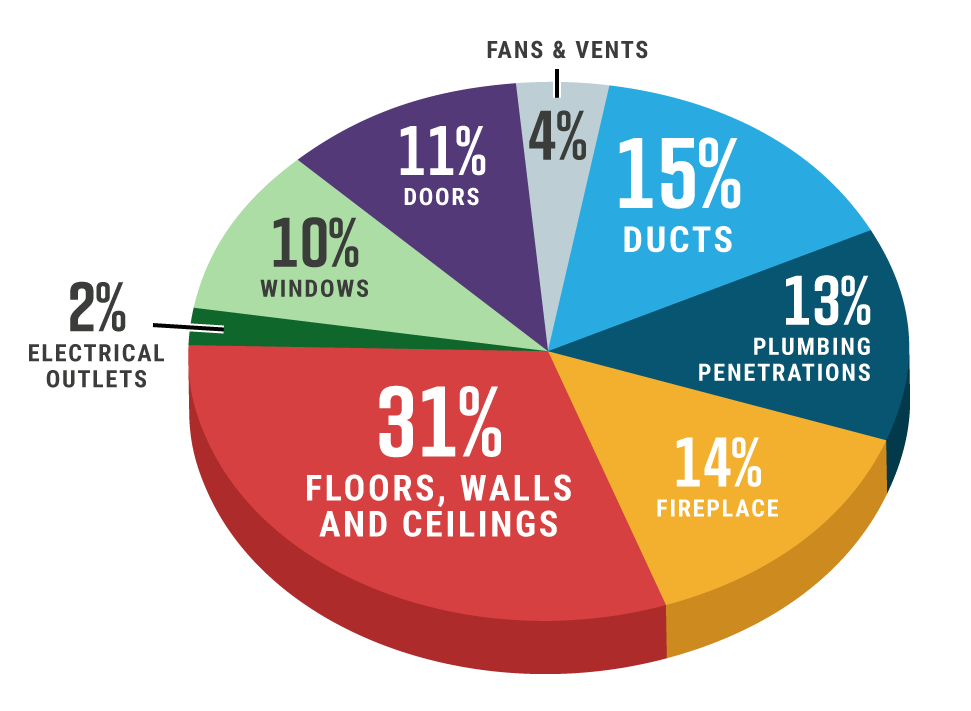
Key Factors
Before air sealing is completed, work closely with the builder to review the following key areas in the home to identify specific areas that may need extra attention:
Framing factors
HVAC ductwork locations
Rooms over garages or ambient space
Windows and doors
Penetrations
Ceiling lights and fans
Drop ceilings or soffits
Basement or slab sill plates
Attic top plates
Kneewalls
The sealing of each area indicated above needs to be adequately sealed to achieve a high performing, energy efficient home. Work closely with the person who is performing the AIP (Air Infiltration Package) so that both parties know where the sealing should be implemented.
Common Problems
Every penetration made in the thermal boundary is at risk of causing air leakage. To seal the home adequately, a thorough review of the home must be made to ensure ALL penetrations have been sealed. HVAC, electrical, plumbing and framing contractors routinely make penetrations in the home without sealing them up afterwards. We highly recommend one additional inspection be performed prior to drywall to ensure nothing has been missed. This inspection can be performed by the superintendent or by a 3rd party inspector. It doesn’t matter who does the inspection, but it is very important that it is done.
The Bottom Line
Top factors to consider: allergens, pollutants, dust, carbon monoxide, pressurization and uncomfortable conditions causing some rooms to be cold in the winter and and others to be hot in the summer. Home depressurization, as well as equipment strain on the fan motor (furnace), will cause the HVAC system to struggle to get the correct amount of air to balance the return and supply side registers of your home. Again causing some rooms to be cold in the winter and and others to be hot in the summer causing discomfort throughout your home. The average replacement cost for the air handler (furnace) and air conditioning coil with the outdoor AC unit can be as high as $8,500. This is why HEAT BLEED has been an epidemic that must stop. Last year the average home lost $1,144.00 to heat bleed!
